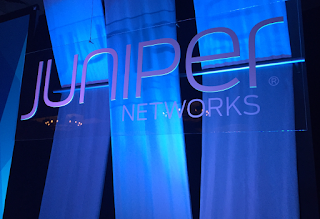ARM unveiled new processors for delivering security, efficiency, low-power connectivity and device life cycle management for the Internet of Things (IoT). The rolluot includes the new processors, radio technology, subsystems, end-to-end security and a cloud-based services platform, ARM is aiming to increase the rate at which IoT scales globally.
Some highlights:
“As IoT technologies become more pervasive, it is time for a complete solution that secures data from the sensor to the service,” said Pete Hutton, executive vice president and president of product groups, ARM. “ARM partners shipped a record 15 billion chips last year, many destined for smart embedded applications. The IoT already runs on ARM but the goal now is scale, which we are enabling today through a uniquely comprehensive set of technologies and services built to work together seamlessly.”
http://www.arm.com
Some highlights:
- Cortex-M33 features configuration options including a coprocessor interface, DSP and floating point computation, with increased performance and efficiency relative to Cortex-M3 and Cortex-M4.
- Cortex-M23 takes security to the most constrained devices, building on the standard set by Cortex-M0+ as an ultra-low power microprocessor in a tiny footprint.
- TrustZone CryptoCell-312 fortifies the SoC with a rich set of security features protecting the authenticity, integrity and confidentiality of code and data.
- Next-generation ARM Cordio radio IP with Bluetooth 5 and 802.15.4-based standards ZigBee and Thread. Next-generation Bluetooth 5 enables faster data rates and extends ranges within existing ultra-low-power envelopes. 802.15.4 helps to ensure compatibility within the expanding ZigBee and Thread device market.
- New mbed Cloud, a new standards and cloud-based SaaS solution for secure IoT device management. mbed Cloud helps OEMs to simplify connection, provisioning, updating and securing of devices across complex networks.

“As IoT technologies become more pervasive, it is time for a complete solution that secures data from the sensor to the service,” said Pete Hutton, executive vice president and president of product groups, ARM. “ARM partners shipped a record 15 billion chips last year, many destined for smart embedded applications. The IoT already runs on ARM but the goal now is scale, which we are enabling today through a uniquely comprehensive set of technologies and services built to work together seamlessly.”
http://www.arm.com



















